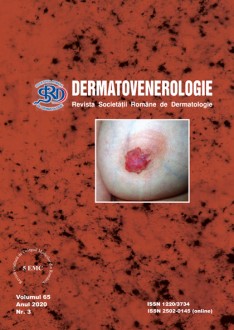Summary
Acne vulgaris is a chronic inflammatory disease of the pilosebaceous unit with strong psychosocial repercussions, especially among adolescents. For a long-term effective treatment, the patient must trust his / her dermatologist and be aware of the pathogenicity and chronicity of his / her disease so that together can find the best therapeutic option.
Lately, non-invasive biophotonic techniques have been developed which enhance the intrinsec repair mechanisms of the skin, as for example Kleresca® Light. Optimal delivery of photonic energy to the skin is ensured by a unique combination of LEDs with two different wavelengths. The treatment is based on the interaction between a specially designed gel and a blue light emitted by Kleresca® Light. The chromophores found in the gel cause the photoconversion of the blue light into a fluorescent energy with wavelengths that penetrate simultaneously into different layers of the skin, having in the same time a bactericidal effect and a
stimulation of the collagen synthesis.
This type of treatment is indicated for numerous skin conditions such as acne vulgaris and rosacea or even for skin rejuvenation. The effectiveness is long-lasting, without severe side effects, and the patients benefit from a pleasant and comfortable experience. This treatment can be an alternative to other minimally invasive procedures with both immediate and long-lasting results.


